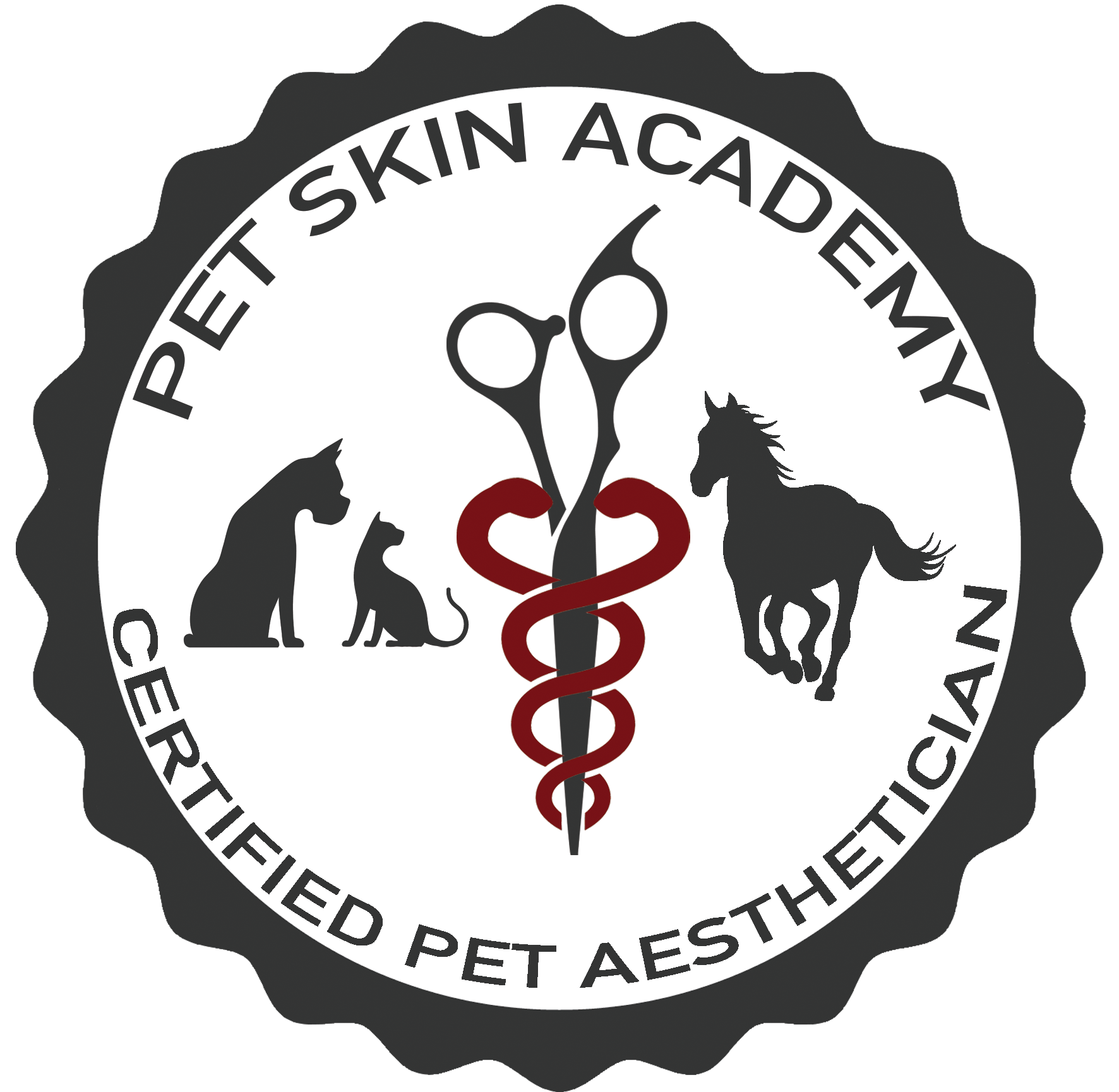
Understanding Demodectic Mange
Understanding Demodectic Mange
There are many different mites that can cause “mange,” and it is very important that we understand the difference to be able to deal with them effectively. Demodectic mange, sometimes referred to as “red mange,” is probably one of the more common mites that we encounter, which is caused by demodex mites.
Demodex Mites
Demodex mites can be found in humans, domestic animals and wild animals. Even though the mites are in the same family, they are different species and are not contagious between different animals. Most believe that as animals mature, they are no longer contagious between animals of the same species.
It is speculated that the infants of different animals pick up the mites from their mothers during nursing, as the most common areas affected tend to be the face and paws, although they can be found anywhere on the body. The mites actually live down in the follicles, and it is believed they live off the sebum located in the follicles and sebaceous glands.
Symptoms & Hosts
The most common signs we see with demodicosis (infection with demodex mites) tend to be alopecia (hair loss); pruritus (itchy skin); red, inflamed skin; blackheads/pimples and sometimes secondary bacterial/fungal infections.
The most common age we see demodectic mange is in puppies from about 3-18 months. The reason for this is that the immune system is just developing. As the pet ages, its immune system will eventually be able to control the overgrowth of these mites.
If demodex mites are seen in older dogs, we need to be concerned that the pet’s immune system may be compromised in some way. Commonly, we will see this in pets that are fighting off some other disease process that is not allowing the body to keep the mites in check or fight them off.
The mites are considered to have a symbiotic (mutually beneficial) relationship with the pets. They may play an essential role in cleaning up dead cells and debris since they live off the sebum of the follicle. They do not survive very long outside the follicle but can thrive within the follicle.
Diagnosis
Demodectic mange is diagnosed through a skin scraping procedure. This involves pinching the skin to force sebum from the follicle, followed by scraping off some sebum (often creating an open wound) with a dull scalpel blade for microscopic examination. Typically, three to four scrapings are done to increase the chances of finding the mites.
The mites themselves have a cigar shape and have noticeable legs that are commonly active when looked at under a microscope (using oil prep and slide cover). Seeing any mites is significant, but more mites and activity indicate that there is an overgrowth scenario. It’s not uncommon to see 10-15 per high-powered field.
Some cases of demodectic mange, if localized and in young puppies, are self-limiting. As the immune system develops, the mites tend to decrease in numbers. Other times, we have a more generalized infection. Or, if it is with an immunocompromised (poor immune system) pet, they are more involved and need to be treated.
Treatment
One of the more common treatment methods used by veterinarians includes a miticidal medication, which is a class of drugs that kill mites (in about six to eight weeks) and includes options like oral or topical ivermectin, doramectin, fluralaner (Bravecto), afoxolaner (Nexgard) and sarolaner (Simperica). It can also be treated with topical medications like moxidectin and imidacloprid, or shampoos that contain sulfur.
It is essential to know that when you use any of these products, as the mites die, it can cause an increased inflammatory process as the body breaks down the dead mites. In other words, they often get worse before they get better.
Many of these pets will have secondary infections, which will also need to be dealt with, along with rebuilding the skin barrier, especially if harsh topical products are used. Pyoben and benzoyl peroxide shampoos are commonly used in conjunction with topical treatments with the intention of helping to clean out the follicle. However, they are also very drying, which can hinder the healing and rebuilding of the skin barrier process.
The Groomer’s Role
Since many of the treatments are topical/shampoo-based, this is an area where groomers can play a critical role. It is not the job of the groomer to diagnose, but once this diagnosis is made, they can do what it takes to kill the mites, address the infection and rebuild the skin barrier. Like all skin conditions, it is critical to know the science and use the correct techniques and the right products.
Many of these dogs will go undiagnosed, however. If you are seeing puppies (6-18 months) that have an itchy skin condition, the two major rule-outs are dry skin and demodectic mange. Allergies usually don’t develop until a little later in age.
Using a very mild sulfur product can be particularly helpful because it serves multiple purposes: it is anti-parasitic, anti-fungal (and yeast) and offers benefits against bacteria. When in doubt, consult a veterinarian, or they will consult with you to help in the process.
Treating pets with mites can be very rewarding and is reasonably straightforward when you know what is needed.
Oral medications will usually control the mite population in about six to eight weeks, but it may still be necessary regrow the hair and strengthen the skin barrier. In my experience, using the correct topical treatments, we can effectively eliminate the mites and often have the hair regrown in the same six to eight weeks.
Having the knowledge of what is involved in taking care of skin issues and recognizing them early makes a big difference. Treating pets with mites can be very rewarding and is reasonably straightforward when you know what is needed. Always remember, this is a process, not just a product.


